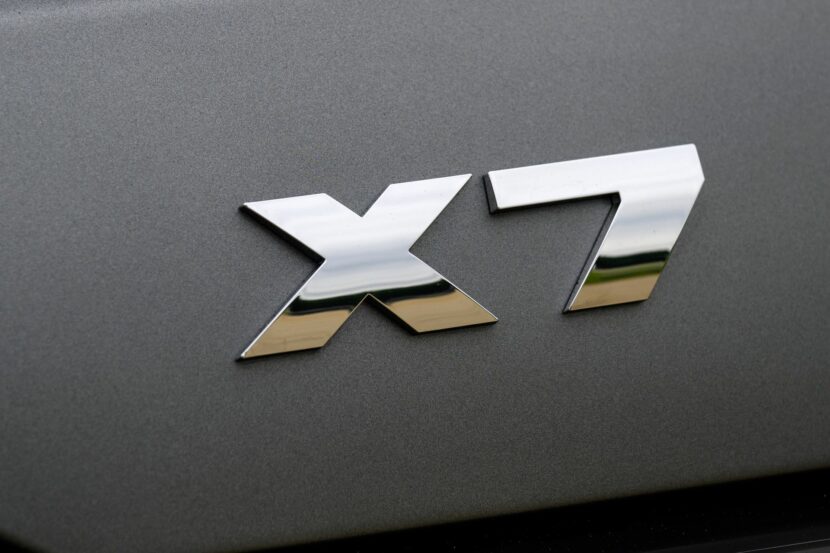It’s ironic how BMW’s smallest electric car was the only one to come with a front cargo compartment. Indeed, the defunct i3 hatchback was the sole EV to have a frunk, even though the company currently sells huge zero-emission vehicles like the iX or the i7. Well, that could change next year when the second-generation iX3 is scheduled to hit the market.
The Benefits Of An EV-First Architecture
We’ve heard BMW has taken notice of the criticism regarding the lack of a front trunk for its EVs and is considering the extra luggage area for the Neue Klasse-based iX3. That shouldn’t come as a surprise since the future crossover will be the automaker’s first electric vehicle to ride on a dedicated platform. A bespoke architecture offers significant packaging benefits by taking the oily bits out of the equation.
The Vision Neue Klasse X concept appeared to have a generous hood and we know for a fact there won’t be a combustion engine underneath it. All NCAR-based vehicles will be exclusively electric. In addition, prototypes of camouflaged iX3s have also hinted at a good amount of space that could be used as a supplementary trunk. It should be large enough for your weekly groceries and/or to store the charging cables.
The Frunk – A Good Selling Point
Looking at the competition, a Tesla Model Y offers 4.1 cubic feet (117 liters). A Ford Mustang Mach-E gets you 4.8 cu ft (140 liters). The Hyundai Ioniq 5, Kia EV6, and Genesis GV60 all have smaller frunks. Some electric crossovers such as the VW ID.4 don’t have one at all.
Opinions are split regarding frunks. Some deem it useless and just use the rear cargo area. Others prefer throwing smaller items into the front compartment. From an automaker’s point of view, it’s also a matter of engineering. Installing hardware in that area could free up space inside the cabin. The Mercedes EQS doesn’t have one because that space is occupied by a huge HEPA filter that cleans the air. Had they moved the so-called Energizing Air Control Plus system inside, the cabin would’ve been less roomy.
Should there be available front space, it would be a shame not to convert it into a secondary luggage area. We reckon the new BMW iX3 could also have a more voluminous rear cargo section compared to the CLAR-based model. The Neue Klasse underpinnings should pay further dividends in terms of practicality. Look for the volume to grow beyond the 18 – 55 cu ft (510 – 1,560 liters) offered by the outgoing electric crossover.
Logic tells us the next iX3 will also offer greater legroom for rear passengers. Dedicated EVs tend to have shorter overhangs to maximize the length of the wheelbase over an ICE car.






































































